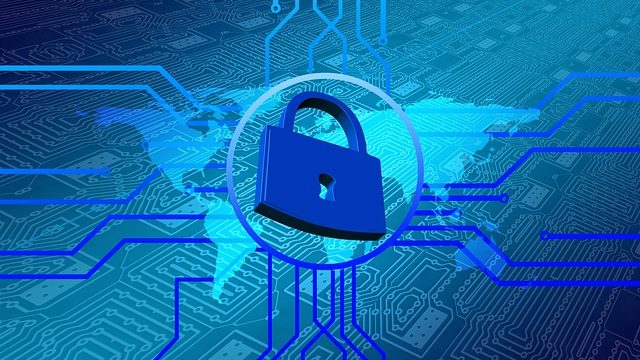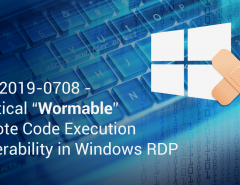Hackers are continuously innovating new ways of cyber-attacks. The malware are getting commercialized and attackers can launch spam and DDOS attacks at will. Many attackers modify their already discovered ‘malicious products’ (the malware) to keep ahead of anti-malware industry and security professionals. As more attacks occur, there is a high likelihood that someone somewhere has seen it before. The idea behind Cyber Threat Intelligence (CTI) is to provide the ability to recognize the threat and act upon the indicators that may confirm an attack or a compromise using the shared knowledge about attacks and processes.
Why threat intelligence is important?
There are many cybersecurity tools and software available in the market that protect the organization from various threats. Smaller enterprises as well as large corporations already use Firewalls, Antivirus and End Point Protection solutions. Still there seems to be an increase in targeted attacks that these tools are sometimes unable to capture or prevent. They lack real-time threat analysis capabilities which is why a threat intelligence solution is a great thing to adopt.
Some key reasons of why a threat intelligence solution is essential for organization are:
- It uncovers cyber attacks that may be missed by traditional cyber defense
- Real-time reputation information is capable of stopping attacks from malicious IPs, instantly.
- Software vulnerability updates, indicators of malicious IPs and malware are so dynamic that traditional cyber defense systems are unable to keep up with it.
The changing nature of the threat and the continuous evolution of threat landscape requires a more real time security system that can look at patterns, suspicious activities and community knowledge about new threats. This requires, the internal intelligence on who is accessing what and why along with external information about what new species of threats are now at large in the cyber world. It is here that the cyber threat intelligence provides its value and evolves as a cyber attack deterrent system.
Implementing Cyber Threat Intelligence
CTI implementation is more than just installing and executing a CTI system. Organizations must dedicate resources, budget and skills to ensure the best protection of their infrastructure and data. Here are some of the best practices for implementing CTI.
- Plan for CTI: Organizations should assess themselves before going in for CTI. They should take a hard look at their readiness before investing in CTI feeds, tools and capabilities. At minimum they should plan for following:
- What they intend to do and who will execute the plan.
- Decide which tools should they use to collect and aggregate CTI data and whether they want to rely on commercial feed, community data or a mix of both.
- Setting the short, medium and long-term goals of the threat intelligence program and defining parameters of success.
- Right Tools and Standards: There are no fixed rules that govern the threat There are almost as many data formats as there are sources, and just as many frameworks, platforms and tools. It means that for maximum impact, organizations need to choose a tool that can support data feed from multiple sources in various formats. Further, they can identify the which type of threat (Trojans, Malicious IPs, Spam, Malware etc) is the biggest for them and flag the source that sends it.
- Right Talent: While it may seem that knowledge of tools is the most important thing in managing cyber threats; in reality it is the analytical skills of people using the tool that is most critical. Organizations must put right analytical minds in charge of their defense against the cyber criminals.
Cyber Threat Intelligence provides real protection over and above the standard infrastructure security solutions. As this defense mechanism grows, it will get mature and standardized to consolidate other security solutions within itself rather than just integrating with them. As the process of threat collection, consumption and utilization continues to improve, CTI’s role in securing the organization’s infrastructure will become indispensable.
Seqrite helps businesses simplify IT security and maximize business performance. To know more about our products and services visit our website.




